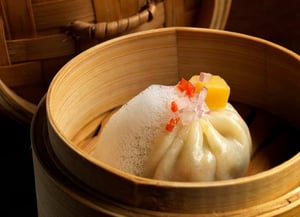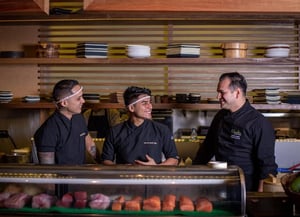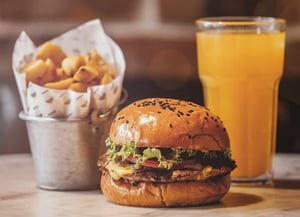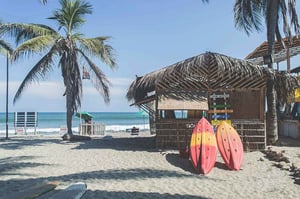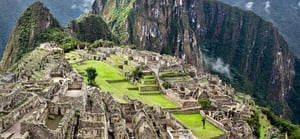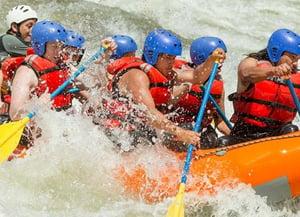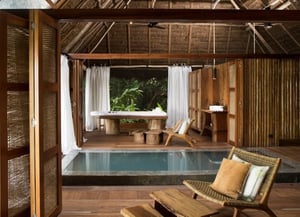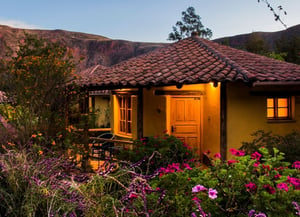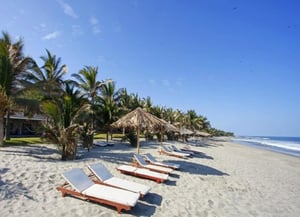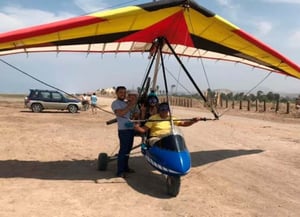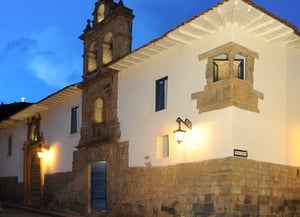Where to stay in Peru
| {[{item.Location}]} |
Local Recommendations
Explore the World like locals
Part of the My Guide Network
My Guide Peru is part of the global network of online travel guides powered by local experts
See all destinations
Local News & Articles
-
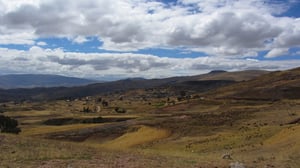
Do you like experiential tourism? Dare to visit Laraos
Adventure Hot List Mini Break Top 10And here you will find very friendly people and above all you can do experiential tourism, something that few places allow you and that many travelers love.
-
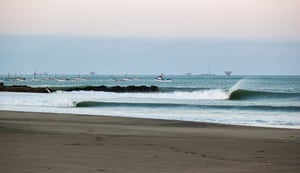
Meet The 3 Best Beaches To Surf in Peru
Adventure Family Fun Lifestyle Sports Top 10Do you love the beach, the sun, the feeling of the waves pushing you and all the fun that the sea offers you? Ready your Beach Boys album and play Surfer Girl, because what comes next is nothing less than the three best beaches to surf in Peru.
-

Cusco Peru
Adventure Arts & Culture Hot List Inspiration Top 10Cusco is the archeological capital of South America, located in Peru, today it has around 300,000 inhabitants and is 3,326 meters above sea level. It has an excellent infrastructure dedicated to tourism (possibly the best in Peru), with hotels, restaurants and services that adapt to the thousands of tourists that come from all over the planet. You can buy clothes, crafts, etc.
-
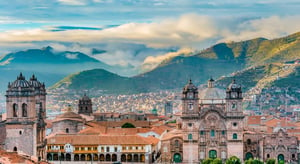
Secret Tunnels of Slaves
Arts & Culture Editorial Interviews Press ReleasesThe Hacienda San José was built at the end of the 17th century, it used to be one of the main haciendas along the Peruvian coast, not because of the important production of sugar cane but also because of the number of slaves who worked there and who converted it in one of the most prosperous lands of the time. These days it is used as a tourist hotel, where many stories and vestiges show how Afro-Peruvian immigrants used to live in this part of Peru. However, in all honesty it is not what is in the farm or what is around it that makes it so interesting, it is what is underneath that makes it simply amazing!
-
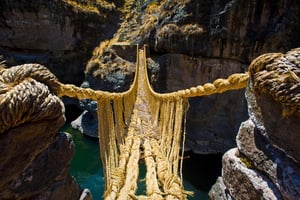
PROMPERÚ invites you to discover new destinations through the #CuscoLovers campaign
Adventure Arts & Culture Hot List Inspiration LifestyleThe campaign, promoted through the travel program “And you what plans” of PROMPERÚ, is aimed at the national tourist and considers the promotion and dissemination of the tourist routes of Tres Cañones de Suykutambo, Palccoyo (Rainbow Mountain), Mirador de Cóndores de Chonta and the Q'eswachaka Inca Bridge.
-
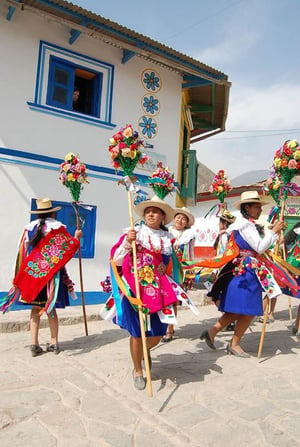
5 places a few hours from Lima that you can visit in a single day
Adventure Hot List Mini Break Top 10Actually, that only happens sometimes and when your destination in a remote place. For example, if you live in Lima or are in the capital, you are lucky that there is a wide variety of places that you can travel in a single day and that will delight you with its beautiful landscapes, delicious dishes and activities created for tourists.
-
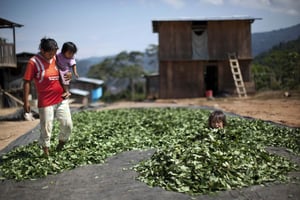
Coca leaf tea for preventing altitude sickness in Cusco
Food & Drink Hot List Lifestyle Mini Break Press ReleasesCoca leaf tea for preventing altitude sickness in Cusco in Peru! More importantly, though Coca leaves are indeed the basic ingredient for cocaine, they are NOT in any way addictive (unless you were to consume them by the ton!) Or bad for your health. A good analogy is that coca leaves are to cocaine what poppies are to heroin.
-
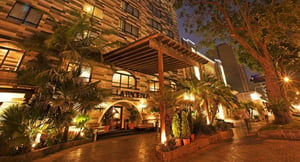
PROMPERÚ promotes the best of the Amazon and Lima
Family Fun Food & Drink Hot List Press Releases Top 10Between September 29 and October 2, PROMPERÚ, accompanied by 10 Peruvian businessmen, arrived in Buenos Aires to show attendees a tourist offer focused on adventure activities offered by different regions of the country, such as those near the Amazon Peruvian
-
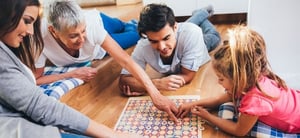
Coronavirus: 10 things to do in quarantine so you don't get bored
Arts & Culture Family Fun Sports Top 10We share with you some ideas of activities that you can do in case of coronavirus. The Distance Healing Day ends on April 19th.
What's On in Peru
-
FEATURED
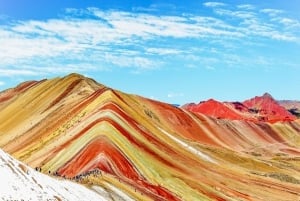
Wed 7th Jan From Cusco: Full-Day Tour to Rainbow Mountain with Meals
Wed 7th Jan, 2026 Peru PeruDiscover the colors and unique landscapes of Rainbow Mountain on this day trip from Cusco that includes breakfast and lunch. Admire views of the the Andes and of the Red Valley on a guided hike.
-
FEATURED
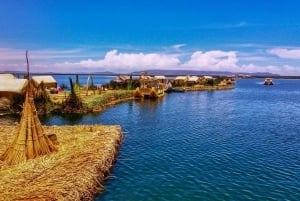
Wed 7th Jan Puno: Uros Floating Islands and Taquile Island Full-Day Tour
Wed 7th Jan, 2026 Peru PeruExplore the highest navigable lake in the world on this tour from Puno. Share experiences with the Uros people and admire amazing views of Lake Titicaca from Taquile island.
-
FEATURED
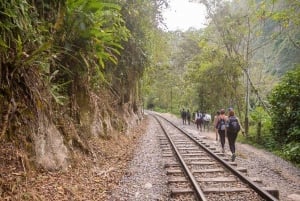
Wed 7th Jan From Cusco: Budget Inca Jungle Trek with Return by Car
Wed 7th Jan, 2026 Peru PeruEnjoy an adventurous budget alternative to the traditional hiking trails to Machu Picchu. Choose to add rafting and ziplining along the way.
-
FEATURED
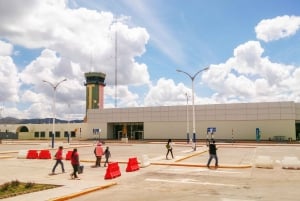
Wed 7th Jan Private Transfer from Juliaca Airport to Puno City
Wed 7th Jan, 2026 Peru PeruEnjoy a convenient, 1-way private transport from Juliaca Airport, Inca Manco Capac (JUL) to Puno city.
-
FEATURED
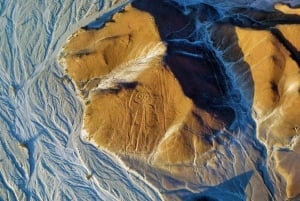
Wed 7th Jan From Nazca: 35-Minute Flight Over Nazca Lines
Wed 7th Jan, 2026 Peru Peru -
FEATURED
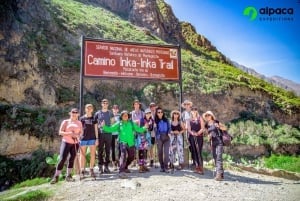
Tue 20th Jan From Cusco: 4-Day Inca Trail Guided Trek to Machu Picchu
Tue 20th Jan, 2026 Peru Peru -
FEATURED
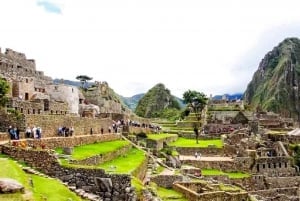
Wed 7th Jan From Cusco: 2-Day Sacred Valley and Machu Picchu Guided Tour
Wed 7th Jan, 2026 Peru PeruEmbark on a captivating 2-day journey from Cusco to Sacred Valley and Machu Picchu. Visit Chinchero, the Maras Salt Mines, Moray and admire the Inca terraces of Pisaq for an unforgettable experience.
-
FEATURED
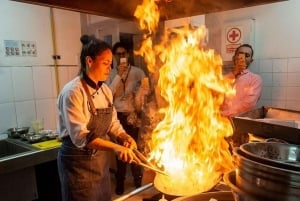
Wed 7th Jan Lima: Ultimate Peruvian Food Tour
Wed 7th Jan, 2026 Peru Peru -
FEATURED
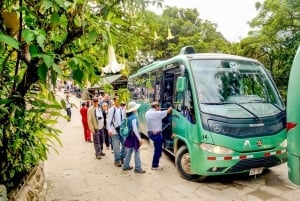
Wed 7th Jan From Aguas Calientes: Round-Trip Bus Ticket to Machu Picchu
Wed 7th Jan, 2026 Peru PeruMake your trip to Machu Picchu easy and smooth with this round-trip bus ticket. Your bus will be waiting for you in the town of Aguas Calientes to transfer you to Machu Picchu.
Book Experiences in Peru
-
FEATURED
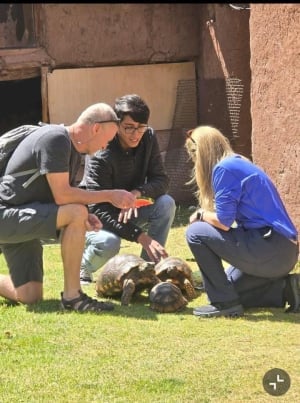 Featured
FeaturedCochahuasi Animal Sanctuary ®
The Ccochahusi Animal Sanctuary houses wildlife species rescued from illegal trafficking for their care, conservation, and preservation. Our mission is to educate the gen
-
FEATURED
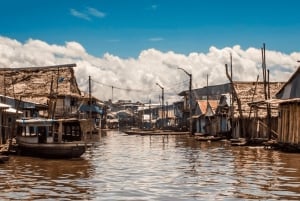 Best Seller
Best SellerBelén Experience: Market, Canoa & Traditions 2 a 3hrs
23 ReviewsStep into a world where the river is life. Explore Belén Market, taste exotic Amazonian flavors, visit Paquito Passage, and navigate the floating houses of the Amazon for an unforgettable adventure.
Check availability$33.60From $42.00 -
FEATURED
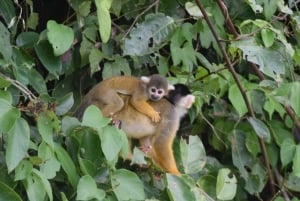 Best Seller
Best SellerPuerto Maldonado: 4-Day Tambopata Rainforest Tour
209 Reviews4-day and 3-night tour in the Amazonian staying overnight in a jungle house. Visit Lake Sandoval, located in the heart of Tambopata and explore the habitat of birds, monkeys, caimans, and sloths.
Check availability$424.00From -
FEATURED
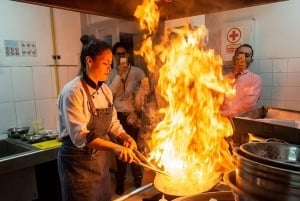 Best Seller
Best SellerLima: Ultimate Peruvian Food Tour
651 ReviewsTaste a variety of up to 14 Peruvian flavors in one of the most colorful districts of Lima. Take part in interactive workshops and learn how to prepare ceviche, lomo saltado and pisco sour.
Check availability$105.00From -
FEATURED
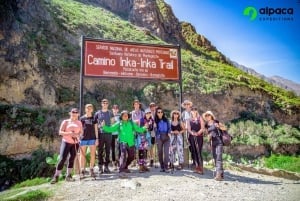 Best Seller
Best SellerFrom Cusco: 4-Day Inca Trail Guided Trek to Machu Picchu
106 ReviewsHike the ancient Inca Trail with local guides and porters on this 4-day group tour to Machu Picchu. Experience cloud forests, archeological sites and scenic camping on this unforgettable adventure.
Check availability$779.00From -
FEATURED
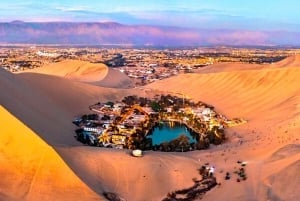 Best Seller
Best SellerLima: Paracas & Huacachina Premium Day Trip and Sunset Toast
1510 ReviewsExplore Paracas and Huacachina by luxury bus on a day trip from Lima with hotel pickup. Enjoy a Ballestas Islands tour, visit a pisco vineyard, ride dune buggies, sandboard, and enjoy a desert sunset.
Check availability$98.69From $139.00 -
FEATURED
 Best Seller
Best SellerLima: Ballestas & Huacachina Day Trip w/ Nazca Lines Flight
114 ReviewsTake a boat trip through the wildlife of the Ballestas and the Oasis of Huacachina on a day trip departing from Lima. Immerse yourself in local history and fly over the enigmatic Nazca Lines.
Check availability$550.00From -
FEATURED
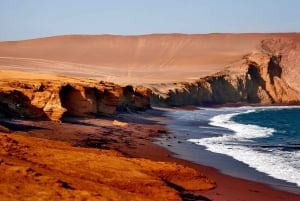 Best Seller
Best SellerFrom Paracas: Ballestas Islands & Paracas National Reserve
350 ReviewsExperience the singular beauty of two of Peru's natural treasures. Float by one of the world's largest colonies of sea lions. Explore deserts and craggy cliffs — all right next to the ocean.
Check availability$60.00From -
FEATURED
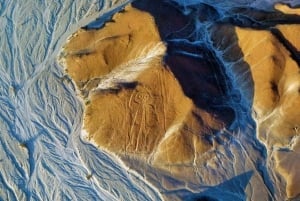 Best Seller
Best SellerFrom Nazca: 35-Minute Flight Over Nazca Lines
551 ReviewsEmbark on a flight over the fascinating and mysterious Nazca Lines. See 14 Nazca Lines, such as the Monkey, Spider, or Astronaut, as you learn about this enigmatic civilization from your pilot.
Check availability$125.00From
Mini Guides
-

Best tours in and around Arequipa, Peru
Handpicked by a Local Expert
-


Best restaurants in Peru
Handpicked by a Local Expert
-

Best walking tours in Peru
Handpicked by a Local Expert
-


Best Nikkei Restaurants in Lima, Peru
Handpicked by a Local Expert
-

Things to do in Cusco, Peru
Handpicked by a Local Expert
-

Things to do in Paracas, Peru
Handpicked by a Local Expert
-

Best two days tours from Cusco, Peru
Handpicked by a Local Expert
-

Best tours in Cusco, Peru
Handpicked by a Local Expert
-

Things to do close to Puno
Handpicked by a Local Expert
-

Best tours to Nazca Lines in Peru
Handpicked by a Local Expert
-

Best tours to rainbow mountain in Peru
Handpicked by a Local Expert
-

Best private tours in Lima, Peru
Handpicked by a Local Expert
-

Best cultural tours in Lima, Peru
Handpicked by a Local Expert
-

Best cultural tours in and around Lima, Peru
Handpicked by a Local Expert
-

Cusco Full-Day Tours
Handpicked by a Local Expert
-

Best day tours in Puno, Peru
Handpicked by a Local Expert
-

Best tours in and around Iquitos, Peru
Handpicked by a Local Expert
-

Best tours in Puno, Peru
Handpicked by a Local Expert
-

Best and most reliable airport transfers in Peru
Handpicked by a Local Expert
-

Best tours from Cusco, Peru
Handpicked by a Local Expert
-

Best tours close to Lima, Peru
Handpicked by a Local Expert
-

Things to do in Puno, Peru
Handpicked by a Local Expert
-

Best tour trails in Cusco, Peru
Handpicked by a Local Expert
-

Best tour trails in Machu Picchu, Peru
Handpicked by a Local Expert
-

Best Machu Picchu Tours
Handpicked by a Local Expert
-

Things to do in Iquitos, Peru
Handpicked by a Local Expert
-

Best tours from Paracas
Handpicked by a Local Expert
-

Best tours from Paracas, Peru
Handpicked by a Local Expert
-

Things to do in Lima, Peru
Handpicked by a Local Expert
-


Best burgers to try in Lima, Peru
Handpicked by a Local Expert
-


Tourist destinations within Peru
Handpicked by a Local Expert
-


Holidays Tips for your January Trip to Peru
Handpicked by a Local Expert
-


Best water activities in Peru
Handpicked by a Local Expert
-


Beautiful sites of Peru you should visit
Handpicked by a Local Expert
-


Best Eco Hotels in Peru
Handpicked by a Local Expert
-


Boutique and Luxury hotels in Peru
Handpicked by a Local Expert
-


Beautiful beaches in Peru
Handpicked by a Local Expert
-


Things to do in Lima
Handpicked by a Local Expert
-


Icon places to see in Peru
Handpicked by a Local Expert
-


Cultural things to do in Peru
Handpicked by a Local Expert
-


Valentine's Day in Lima, Peru
Handpicked by a Local Expert
-


Belmond Hotel Collection in Peru
Handpicked by a Local Expert
-


Inkaterra Hotel Collection in Peru
Handpicked by a Local Expert
-


Holidays Tips for your February Trip to Peru
Handpicked by a Local Expert
-


Very Good Soup you have to try in Peru
Handpicked by a Local Expert
-


Best Eco Markets in Lima, Peru
Handpicked by a Local Expert
-


Best Adventure Sports to Try in Peru
Handpicked by a Local Expert
-


Best Pizzas to try in Lima, Peru
Handpicked by a Local Expert
-


Best Golf Clubs in Peru
Handpicked by a Local Expert
-


Museums and art experiences in Peru
Handpicked by a Local Expert
Regional Guides
-
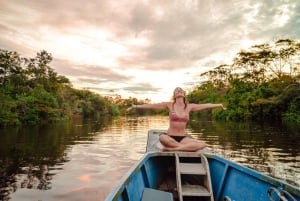
Amazon
The Amazon region is famous in Peru for its misty forests, its moorland and its privileged microclimates. Habitat of orchids, Andean bears and rock roosters. Archaeological sites with the enigma of Kuélap, a citadel built between the Andes and the Jungle
-
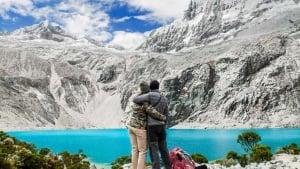
Ancash
Ancash is a department of Peru located in the central and western part of the country. It occupies a territory of 36 thousand square kilometers that includes territories both in the high areas of the Andes Mountains and as part of the Peruvian coastal desert. It borders the Pacific Ocean in the west and borders the departments of La Libertad in the north, Huánuco in the east and Lima in the south.
-
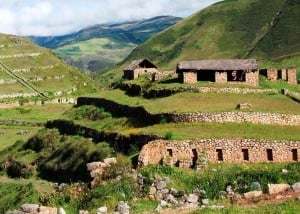
Apirimac
Apurímac is a department of Peru, located in the southern highlands of the country, on the eastern slope of the Andes Mountains.
-
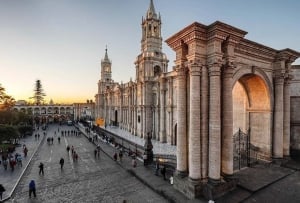
Arequipa
Cradle of illustrious men and witness of innumerable heroic actions in pursuit of national freedom, Arequipa is one of the regions with the greatest prominence in the history of Peru. such as: Jose Vizcardo Guzmán, Mariano Melgar, Nicolas de Pierola, Victor Belaunde, Mario Vargas Llosa Arequipa is a land blessed by its splendid geography and beautiful cities.
-
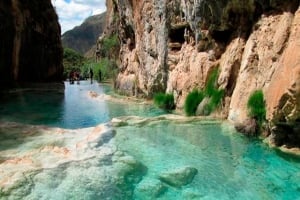
Ayacucho
The region where the city of Ayacucho is based was a sanctuary of the Huari-Tiahuanaco culture, which dominated the Andean south and much of the Coast between 900 and 1,200 AD.
-
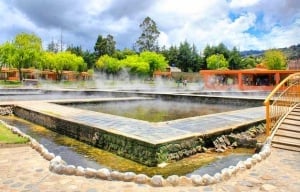
Cajamarca
The beautiful Cajamarca is considered Historical and Cultural Heritage of the Americas, because in addition to its wonderful landscapes, it was the scene of important historical events. Time before the conquest of the Incas, there was a legendary culture in these lands, Caxamarca, discovered by the famous archeologist Julio C. Tello, whose main legacy as culture are more than 90 archaeological sites.
-
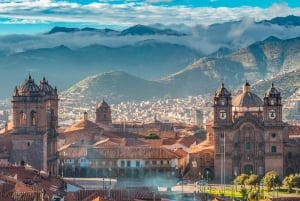
Cusco
The city of Cusco or known as the ancient capital of the Inca Empire is the main tourist destination of Peru and one of the most important in South America. Cusco It is located on the valley of the Huatanay River, in the southern highlands of Peru, and owes the denomination of «Navel of the World»
-
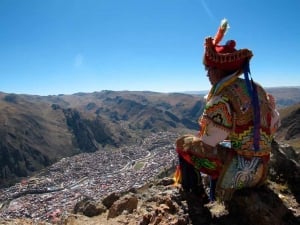
Huancavelica
Huancavelica has been one of the most important places for Andean people, as there are numerous archaeological sites and complexes such as the pampas and shelters of Mosoqcancha, Antaccocha, Pumaqoria, Astobamba Paturpampa.
-
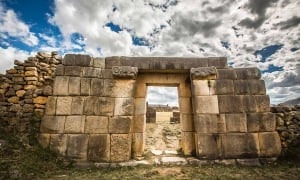
Huanuco
The department of Huánuco has two very different types of geography: the mountains and the high jungle. The Andean area is marked by the presence of the Huayhuash Mountain Range and the high jungle extends along the eastern flank of the Andes.
-
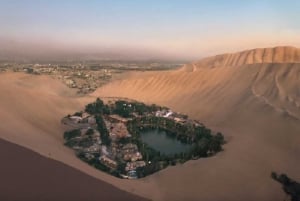
Ica
The province of Ica is one of the five that make up the department of Ica, under the administration of the regional government of Ica. Located in the central part of the department, it borders to the north with the province of Pisco, to the east with the department of Huancavelica and with the province of Palpa, to the south with the province of Nazca and to the west with the Pacific Ocean.
-
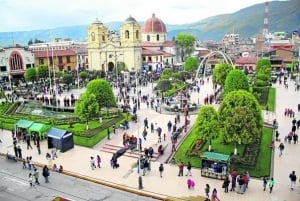
Junin
The department of Junín, located in the central area of the Peruvian Andes, has, due to its geographical location, areas of mountains and jungle. In its regions of the mountains the climate is cold and dry, with marked differences in temperature between day and night; The rainy season is between the months of November and April.
-
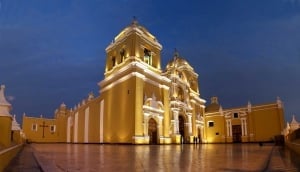
La Libertad
The Department of La Libertad is located in northern Peru and occupies a large portion of the Pacific Ocean coast as well as much of this territory covers a section of the Andes Mountains.
-
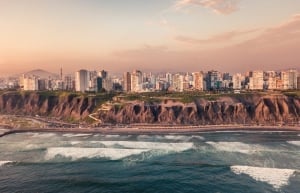
Lima
The department of Lima is located in the central part of Peru and is located on the Peruvian coast. Its capital is Lima. The climate varies according to the proximity to the coast. Summer goes from December to March and from June to September winter, which is 100% humid, with cranes, fogs and permanent cloudiness. But the districts near the mountains have an opposite climate.
-
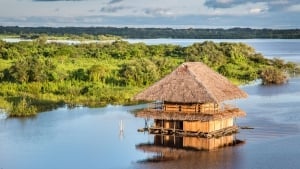
Loreto
The department of Loreto is located in the northeastern area of Peru. Its limits are: To the north with Ecuador and Colombia; in the east with Brazil; in the south with Ucayali and in the west with Amazonas and San Martín.
-
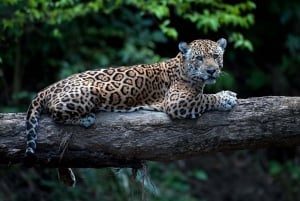
Madre de Dios
The department of Madre de Dios is located in the southeast of the country. In the north it borders Ucayali, in the south and in the west with Punoy in the east with Brazil and Bolivia. Its territory covers areas of high jungle and jungle.
-
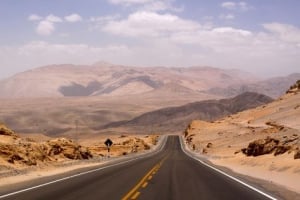
Moquegua
The department of Moquegua is located in southern Peru, its geographical coordinates are between 15 ° 17 ′ and 17 ° 23 ′ south latitude. It limits by the north with the departments of Arequipa and Puno; in the east with Puno and Tacna; by the south with Tacna and by the west with the Pacific Ocean and Arequipa.
-
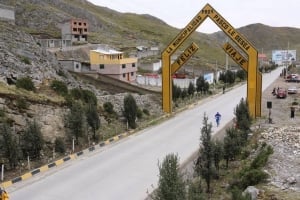
Pasco
It is located in the central part of the country, east of the western mountain range, with Andean and high and middle jungle areas of the Pachitea River. Its capital, the city of Cerro de Pasco, with an altitude of almost 4,000 meters above sea level, is the highest in the country. It limits to the north with Huánuco; to the south with Junín; the east, with Ucayali; and to the west with Lima.
-
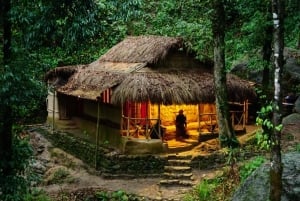
Peru Jungle
The Amazon, the rainforest, the jungle, the green hell (el infierno verde): all attempt to name this huge, vibrant swathe of Peru. Whether you explore it up close, from the ground or a boat, or fly over it in a plane, the Peruvian jungle seems endless. Well over half of the country is covered by dense tropical rainforest, and this jungle region, sharing the western edge of the Amazon with Colombia, Ecuador and Brazil, forms part of what is probably the most biodiverse region on Earth. Jaguars, anteaters and tapirs still roam the forests, huge anacondas lurk in the swamps, toothy caimans sunbathe along riverbanks, and trees rise like giants from the forest floor. Many indigenous tribes still live scattered throughout the Peruvian section of the Amazon, surviving primarily by hunting and fishing.
-
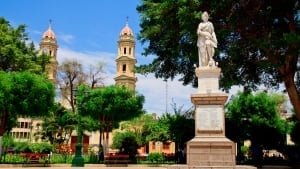
Piura
The department of Piura is one of the 24 departments of Peru. Located on the north coast of the country, it borders to the north with Tumbes and Ecuador; to the south, with Lambayeque; to the east with Cajamarca; and finally west with the Mar de Grau. The greatest extent of its territory is crossed by the Piura River, which is born in the Huancabamba mountain range
-
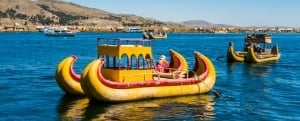
Puno
It is located on the Collao plateau, the highest in the Andes of South America. It has a flat relief, at an altitude of almost 4,000 meters above sea level. It limits to the north with Madre de Dios; to the east with Bolivia; to the south with Tacna; to the west with Moquegua, Arequipa and Cusco. Its appearance is that of an immense plain covered with pastures or grasslands, in whose horizon some snowfalls emerge.
-
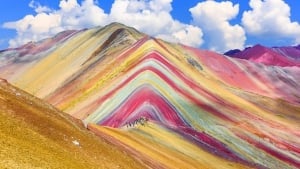
Regional Information Peru
The Republic of Peru is a country in South America located on the western side of South America. It borders Ecuador and Colombia to the north, with Brazil to the east, with Bolivia to the southeast, with Chile to the south, and to the west with the Pacific Ocean.
-
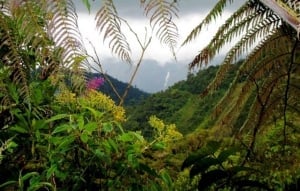
San Martin
It is located in the northeastern region and for the most part it extends through the high jungle, highlighting the Cordillera Azul in the eastern area. It limits by the north with Loreto and Amazonas; by the south with Huánuco; in the east with Ucayali; and in the west with La Libertad.
-
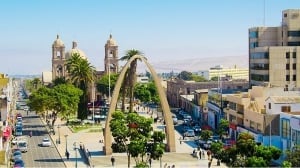
Tacna
It is located in southern Peru, next to the Pacific Ocean. It limits to the north with the Moquegua and Puno; to the south with Chile; to the east with Bolivia and Chile; to the west with the Sea of Grau. It is located at the foot of the Titicaca plateau, in a volcanic area. Of rugged relief, with narrow streams it has two thirds of coastline, and the remaining third is of sierra.
-
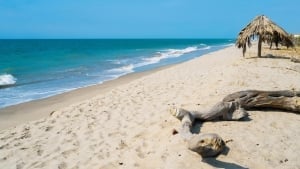
Tumbes
The department of Tumbes is located in the northwestern part of the country, on the border with the country of Ecuador.
-
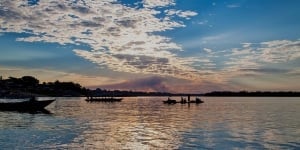
Ucayali
The department is part of the Peruvian Amazon, located in the central and eastern part of the national territory, between 07º 20 '23 "and 11º 27' 35" south latitude; and at 70º 29 '46 "and 75º 58' 08" west longitude.
We Are Part of the My Guide Network!
My Guide Peru is part of the global My Guide Network of Online & Mobile travel guides.
We are now in 180+ Destinations and Growing. If you are interested in becoming a local travel partner and would like to find out more then click for more info about our Website Business Opportunity.
Nearby Destinations
Create New Guide
Filter Events by Sub-Category
Please select a Date first.


